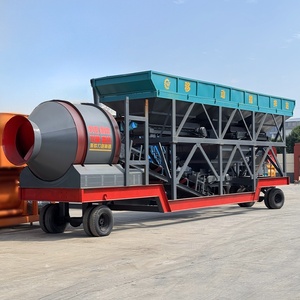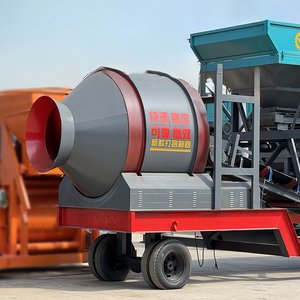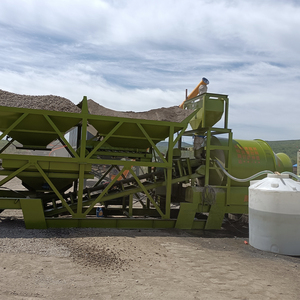Introduction to Concrete Cellular
Concrete cellular, also known as cellular concrete or foam concrete, is a lightweight construction material that combines the properties of traditional concrete with the advantages of air-filled cells. This innovation in material technology has made concrete cellular an increasingly popular choice in construction projects worldwide. Its unique characteristics contribute to energy efficiency, durability, and design flexibility, making it suitable for a wide range of applications.
Types of Concrete Cellular
Concrete cellular can be classified into several types based on its density and formulation. Understanding these types helps in selecting the right product for different construction needs. Here are the primary categories:
- Low-Density Cellular Concrete: Typically ranging between 400 kg/m³ to 1,200 kg/m³, this type is ideal for applications where weight reduction is crucial, such as in roof insulation or filler blocks.
- Medium-Density Cellular Concrete: With densities from 1,200 kg/m³ to 1,600 kg/m³, this type is used in structural applications requiring moderate strength, like precast elements.
- High-Density Cellular Concrete: Ranging above 1,600 kg/m³, it offers greater strength and is used when additional load-bearing capacity is necessary, such as in load-bearing walls or foundations.
Function and Feature of Concrete Cellular
The features and functions of concrete cellular set it apart from traditional concrete, offering benefits that enhance performance in various applications:
- Lightweight: The presence of air bubbles significantly reduces the material's overall weight, facilitating easier handling and installation.
- Excellent Insulation: The thermal properties of concrete cellular provide exceptional insulation, helping to reduce energy consumption in buildings.
- Soundproofing: Its structure also acts as an effective sound barrier, contributing to quieter environments.
- Fire Resistance: Concrete cellular is non-combustible and offers excellent fire resistance, making it a safe choice for public buildings and high-rise structures.
- Eco-friendly: The production of concrete cellular often uses recycled materials, contributing to sustainability in construction.
Applications of Concrete Cellular
The versatility of concrete cellular allows it to be utilized in an array of construction scenarios. Here are some notable applications:
- Insulating Concrete Forms (ICF): Used in residential construction, ICFs leverage the thermal efficiency of concrete cellular for energy-efficient buildings.
- Building Blocks: Concrete cellular blocks offer a lightweight option suitable for walls and partitions, drastically reducing labor and time during construction.
- Backfill Material: Ideal for void filling under roads and structures, its lightweight nature minimizes settlement and associated issues.
- Precast Components: Used in beams, panels, and other precast elements, it provides a strong yet lightweight solution for modular building systems.
- Road Construction: Its properties help reduce the overall load in road-building projects, decreasing the risk of subsidence.
Advantages of Using Concrete Cellular
The advantages of adopting concrete cellular in construction projects are manifold:
- Cost-Effectiveness: Reduced weight means less material needed, translating to lower shipping and labor costs during construction.
- Energy Efficiency: The thermal properties can lead to significant cost savings on heating and cooling bills, generating long-term savings for property owners.
- Durability: Resistance to moisture and pests enhances the longevity of structures built with concrete cellular.
- Versatility: Its adaptability to various designs and constructions enables architects to realize innovative projects.
- Rapid Construction: Lightweight and easy-to-handle materials speed up construction processes, meeting tight project timelines.




























